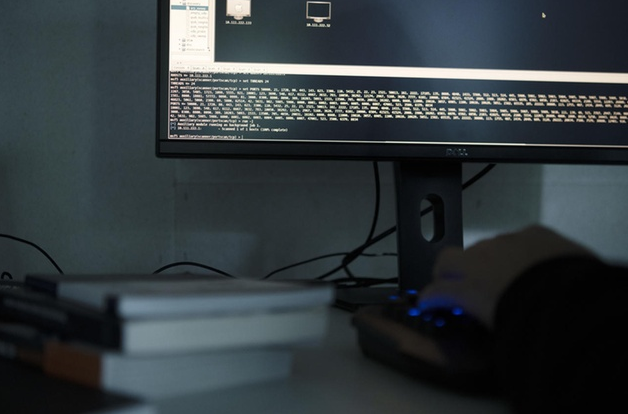Prosecuting authorities resorted to telecommunications surveillance in about 1.5% of all criminal cases. (© Keystone ) The annual report on Swiss surveillance operations in 2019 mentions the use of state-controlled monitoring software, known as GovWare, for the first time since it was authorised in 2018. The criminal prosecution authorities and the Federal Intelligence Service (FIS) reported the use of spyware for the first time with 12 such completed interventions before the end of 2019. Most of the cases concerned serious offences that could endanger life and cause bodily harm, as well as serious violations of the narcotics law. Since March 1, 2018, it has been possible to use such spyware and hidden antennas to eavesdrop on conversations or locate mobile phones
Topics:
Swissinfo considers the following as important: 3) Swiss Markets and News, 3.) Swiss Info, Business, Featured, newsletter
This could be interesting, too:
Eamonn Sheridan writes CHF traders note – Two Swiss National Bank speakers due Thursday, November 21
Charles Hugh Smith writes How Do We Fix the Collapse of Quality?
Marc Chandler writes Sterling and Gilts Pressed Lower by Firmer CPI
Michael Lebowitz writes Trump Tariffs Are Inflationary Claim The Experts

Prosecuting authorities resorted to telecommunications surveillance in about 1.5% of all criminal cases. (© Keystone )
The annual report on Swiss surveillance operations in 2019 mentions the use of state-controlled monitoring software, known as GovWare, for the first time since it was authorised in 2018.
The criminal prosecution authorities and the Federal Intelligence Service (FIS) reported the use of spyware for the first time with 12 such completed interventions before the end of 2019. Most of the cases concerned serious offences that could endanger life and cause bodily harm, as well as serious violations of the narcotics law.
Since March 1, 2018, it has been possible to use such spyware and hidden antennas to eavesdrop on conversations or locate mobile phones (using IMSI-catchers). Investigators used hidden IMSI-catchers 103 times in 2019 compared to 84 in 2018. The majority of interventions were aimed at solving serious drug offences and urgent searches for missing persons.
Overall, the number of surveillance warrants increased by a total of almost 15%, with a total of 8,666 operations ordered (real-time monitoring of telephone and email conversations decreased by 15% but retroactive monitoring including antenna field searching jumped by a quarter).
Of the 544,781 offences recorded in the police crime statistics, the prosecuting authorities resorted to telecommunications surveillance in about 1.5% of cases. The proportion was significantly higher for crimes and offences presenting a collective danger (11.3%).
The cost of surveillance operations in 2019 amounted to CHF31.5 million ($32.3 million) compared to CHF28.5 million in 2018.
Tags: Business,Featured,newsletter








